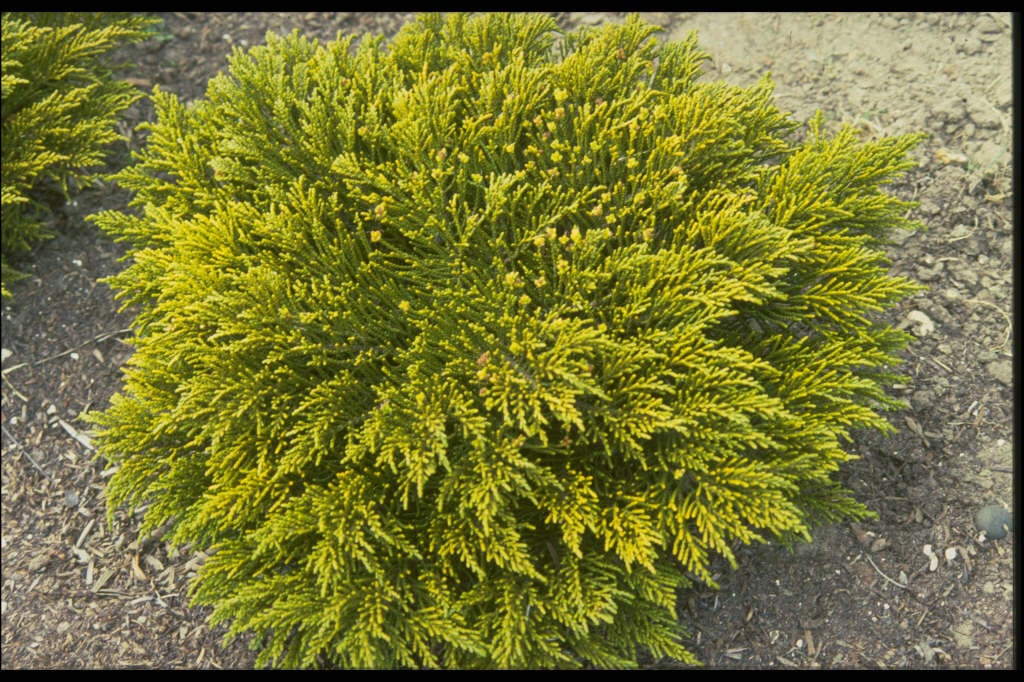Veronica ochracea 'James Stirling' (H)

hebe 'James Stirling'
A slow and low-growing, dense, spreading evergreen dwarf shrub with scale-like leaves pressed closely to the stems. Bright, burnt gold foliage is at its brightest in the winter, and small, white flowers in short racemes appear from late spring
Size
Ultimate height
0.1–0.5 metresTime to ultimate height
5–10 yearsUltimate spread
0.1–0.5 metresGrowing conditions
Moisture
Moist but well–drained, Well–drainedpH
Alkaline, NeutralColour & scent
| Stem | Flower | Foliage | Fruit | |
| Spring | White | Yellow Gold | ||
|---|---|---|---|---|
| Summer | White | Yellow Gold | ||
| Autumn | Yellow Gold | |||
| Winter | Yellow Gold |
Position
- Full sun
- Partial shade
Aspect
South–facing or West–facing or North–facing or East–facing
Exposure
Exposed or ShelteredDrought resistance
Yes Hardiness
H4Botanical details
- Family
- Plantaginaceae
- Native to GB / Ireland
- No
- Foliage
- Evergreen
- Habit
- Bushy
- Genus
Veronica can be annuals, perennials or sub-shrubs with paired leaves and small flowers usually in terminal or axillary racemes or spikes
- Name status
Accepted
How to grow
Cultivation
Easy to grow in a moist but well-drained soil in sun or partial shade. See https://www.rhs.org.uk/plants/trials-awards for further information about RHS plant trials and awards
Propagation
Propagate by semi-hardwood cuttings. This variety dislikes being potted on
Suggested planting locations and garden types
- Coastal
- Rock garden
- Wildlife gardens
- Low Maintenance
- Flower borders and beds
Pruning
Pests
May be susceptible to aphids
Diseases
May be susceptible to downy mildews, fungal leaf spot, fungal rot, Phytophthora and sometimes honey fungus
Love gardening
Sign up to receive regular gardening tips, inspiration, offers and more
View our Privacy Policy
Get involved
The Royal Horticultural Society is the UK’s leading gardening charity. We aim to enrich everyone’s life through plants, and make the UK a greener and more beautiful place.

.jpg)